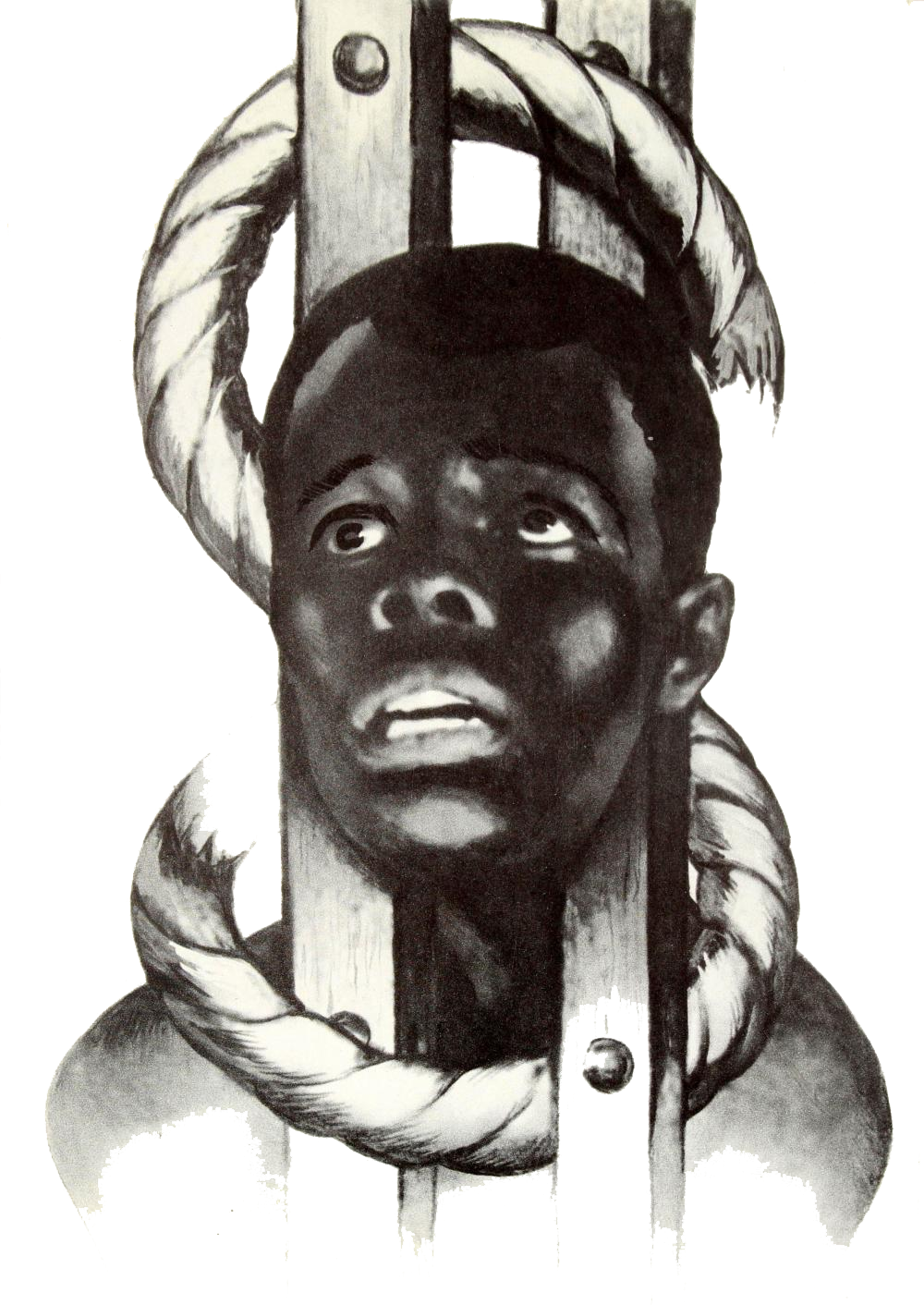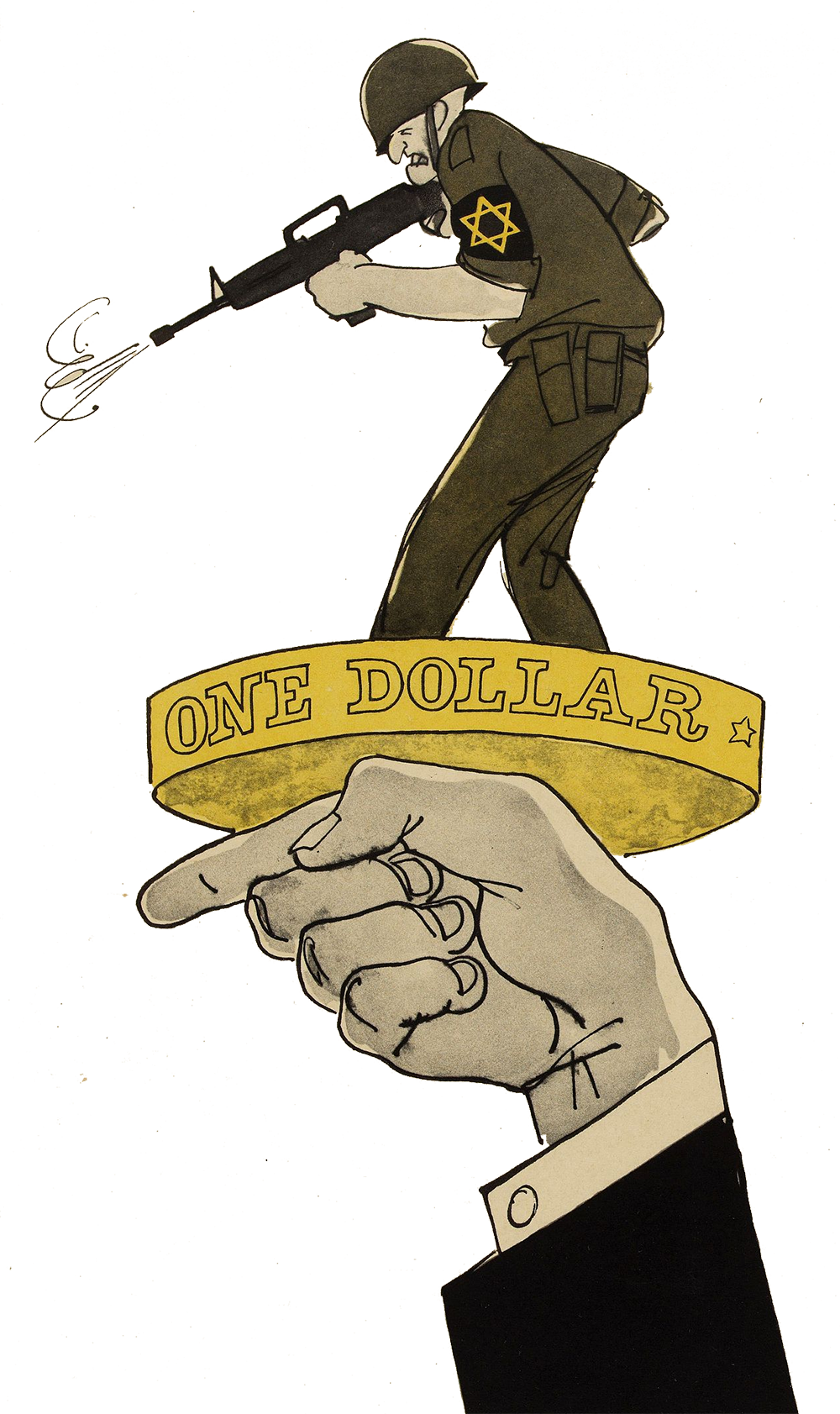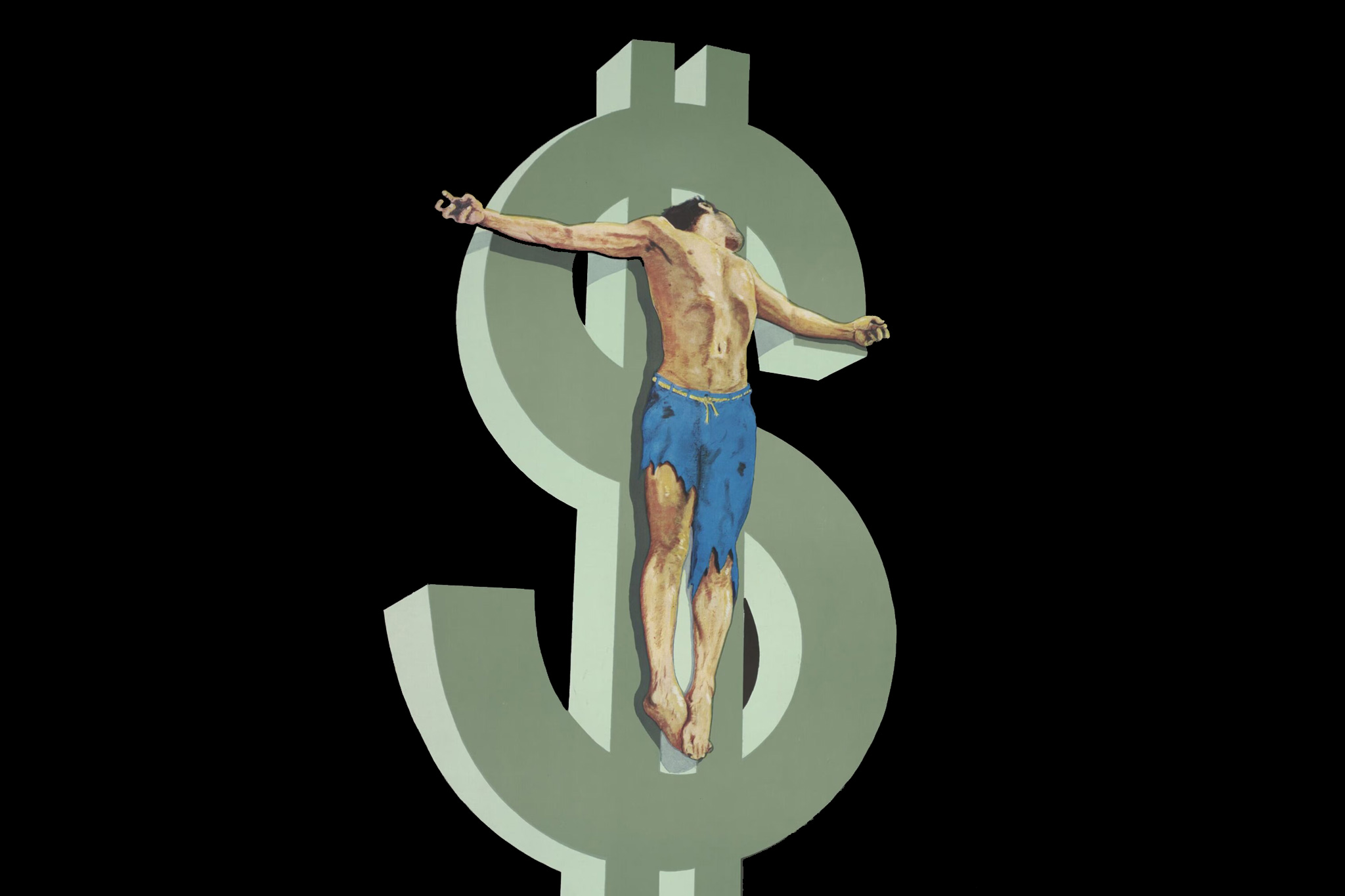Dollar Fetishism
This editorial by Fernando Buen Abad appeared in the July 17, 2025 edition of La Jornada, Mexico’s premier leftist daily newspaper.
Mr. Trump shows us that the dollar is not just paper money. It is not just a number. It is not a floating figure. It is not an innocent symbol. The dollar is, in the framework of capital’s hegemonic semiosis, one of the most lethal weapons of global economic warfare. Its destructive power lies not only in its exchange function or its financial effects; it lies in the fetishism that surrounds it.
In the ideological colonization that constitutes the dollar as a totem of capitalist modernity, it is a highly explosive semiotic artifact that serves to discipline peoples, sabotage economies, blow up emancipatory processes, and shield imperial privileges. Understanding it requires activating a philosophy of semiosis that dismantles its layers of meaning, its cult devices, and its strategies of ideological naturalization: its role as a totalitarian symbol.

It’s much more than a monetary tool. It’s a hegemonic macro-sign with a claim to divinity, which has become a dictatorship to measure and exchange everything. From the value of labor to the value of people. From oil to bread, from the value of life to the value of death. All under its symbolic hegemony. This sign-dogma manages to make even its victims reproduce it with fervor, with fear, with submission.
The dollar dominates not only because it is the international reserve currency or because it has the military might of the United States behind it. It dominates because it has become embedded in the semiosis of the people, as the vanguard of the bourgeois “cultural battle,” as a synonym for success, progress, and “freedom of the market.”
It becomes fetishized when its historical origins are hidden and its constitutive violence is concealed. It is an ideological operation sustained by cultural industries, academies, multilateral organizations, and communication mechanisms that perpetuate faith in this role as if it were a natural law.
Its warlike grammar is congealed in the fetishism that attributes to the dollar a semblance of autonomy and intrinsic power, to conceal relations of exploitation and plunder. The dollar is the fetish that represents a “neutral universalism,” which is imperial nationalism disguised as neutrality.
Their “value” is the result of an ideological and geopolitical architecture built on blood, death, wars, coups, blockades, and plunder. The grammar of their barbarism is that of capitalism: inhuman abstractions legitimized by rhetoric, central bank decisions, stock market algorithms, risk rating agencies, and a media pedagogy that instills monetary obedience and fake news.
They use the dollar as ammunition in their economic and symbolic war. A war that doesn’t operate solely with sanctions, induced inflation, capital flight, or debt. It operates, above all, with ideological ammunition. The dollar is the bullet. But the gunpowder is the meaning that envelops it with bursts of hegemonic meaning over the collective imagination.

Monetary semiosis colonizes desire and shapes the perception of value. In colonized countries, “cultural dollarization” is intertwined with financial dollarization. We are taught to think in dollars, to aspire in dollars, to measure dignity in dollars. If wages are not “dollarized,” they are considered unworthy. If prices do not follow the dollar, they are considered “backward.” The dollar, thus, becomes a standard of truth and lies, of order and chaos, of punishment and reward.
In the speeches of technocrats and free trade gurus, the dollar appears as an inescapable oracle. It is invoked to justify adjustments, to lay off workers, to close schools and hospitals, to eliminate subsidies. “The dollar rose,” the news reports say, and that intransitive verb acts like a force of nature. There is no explanation of why, who drives it, or who profits.
It becomes an all-powerful entity that operates above the people. This cult is not spontaneous. It is the result of decades of pedagogy for the ideological manipulation of capitalism. The dollar has become a symbol of individual freedom, desirable consumption, success, and modernity.
Their dollar not only imposes macroeconomic conditions: it imposes languages. It imposes conceptual maps and categories for interpreting reality. When the economy is dollarized, thought is also dollarized.
Symbolic sovereignty is replaced by a monetary algorithm that disciplines behavior, segments society, and determines which projects are viable. This is where the semiosis of dependency comes in.
In the global cognitive war, the dollar is a mechanism of blackmail. It is used to reward obedience and punish rebellion. When a country tries to escape the IMF’s orbit, for example, or proposes a sovereign policy—energy, food, or financial—a “currency run”—capital flight—and induced devaluation—appears.
But these aren’t just technical maneuvers: they’re semiotic displays intended to demoralize and instill the idea that there is no alternative. The dollar thus operates as capitalism’s penal code. It condemns people to empty shelves, underfunded hospitals, and indebted households. And it is legitimized by the complicity of elites who act as ventriloquists for the Empire.
It’s not enough to denounce the fetishism of the dollar as a weapon and symbolic matrix, its violence, its warlike grammar. It’s not enough to denounce its monetary fetish, which is also an ideological fetish.
Nor will emancipation be possible unless the dollar is confronted as a symbol of war. Because behind its glitter, there are corpses. Behind its prestige, there is hunger.
Behind the dollar’s “stability” lies injustice. Exposing it is an ethical urgency, and this requires challenging the meaning and symbolic matrices that still associate “progress” with financial capital, “modernity” with excessive consumption, and “freedom” with monetary submission. War is also semiotic.
And every slogan, every book, every class, every mural, every free software, every popular currency, every experience of solidarity economy, every community channel, are trenches in that war.
It’s about changing the very logic of meaning production, emancipating signifying practices, recovering the sovereignty of language, history, and imagination. Where the dollar once meant to be the end of the world, let’s give birth to other possible worlds.

Fernando Buen Abad Domínguez was born in Mexico City, Mexico, in 1956. He specializes in the Philosophy of the Image, Philosophy of Communication, Cultural Criticism, Aesthetics, and Semiotics. He is a film director with a degree from New York University, a Bachelor of Communication Sciences, a Master of Political Philosophy, and a PhD in Philosophy.
-
The Poor as Instruments, Not Allies
Welfare programs with political aims are not the same as forging political alliances with the impoverished population created by voracious neoliberal capitalism.
-
Florida, the Race for the Presidency & Opaque Capital
Contemporary Florida is the distorted and advanced mirror of a new form of global governance, where money laundering has not only been tolerated, but institutionalized & updated for the digital age, fed by a murky river flowing from the Global South.
-
People’s Mañanera December 22
President Sheinbaum’s daily press conference, with comments on economic achievements, Sonora development plan, extortion of immigrants, Baja California Sur dam, water treaty with US, nepotism loopholes, and García Luna.




